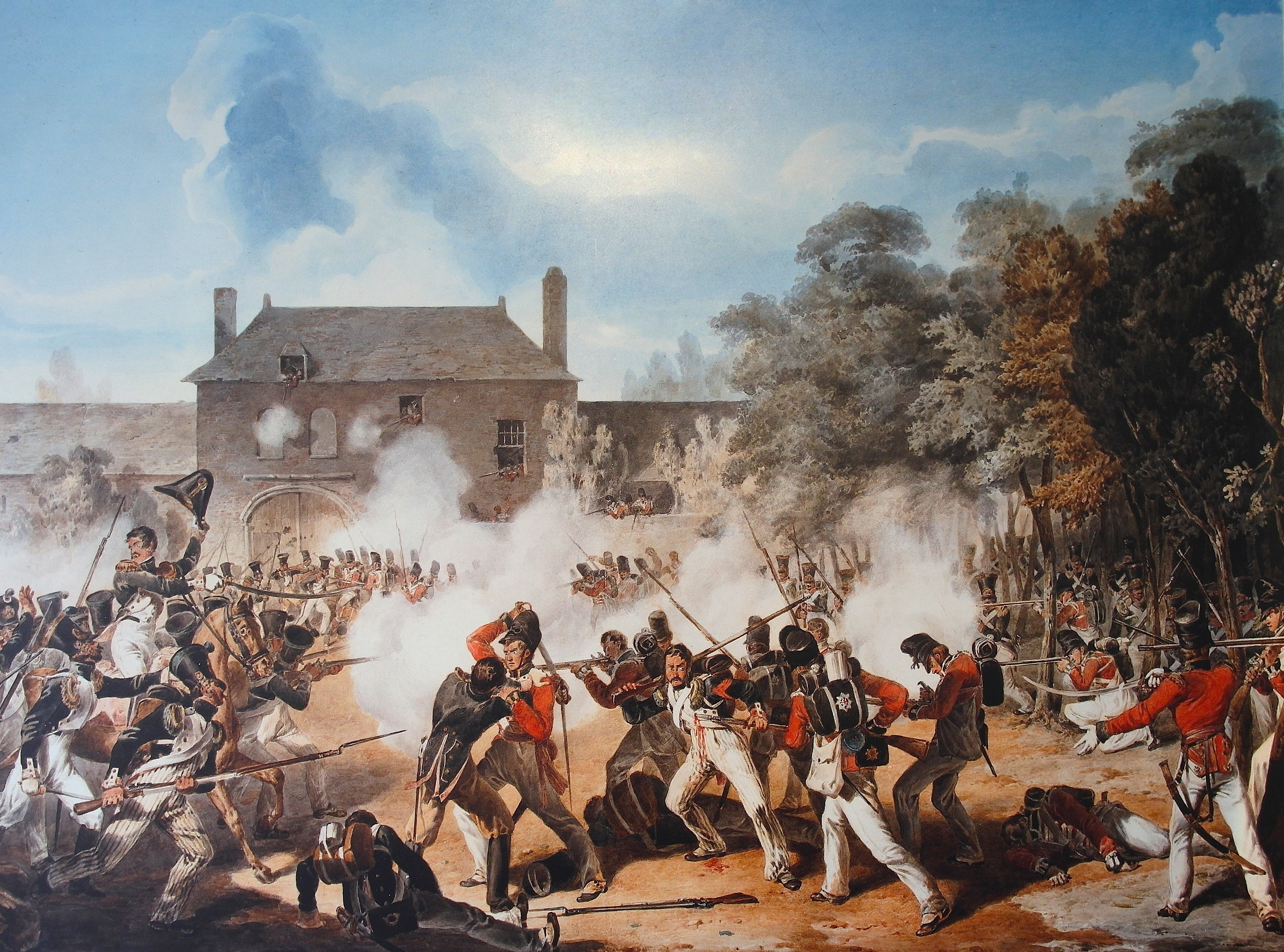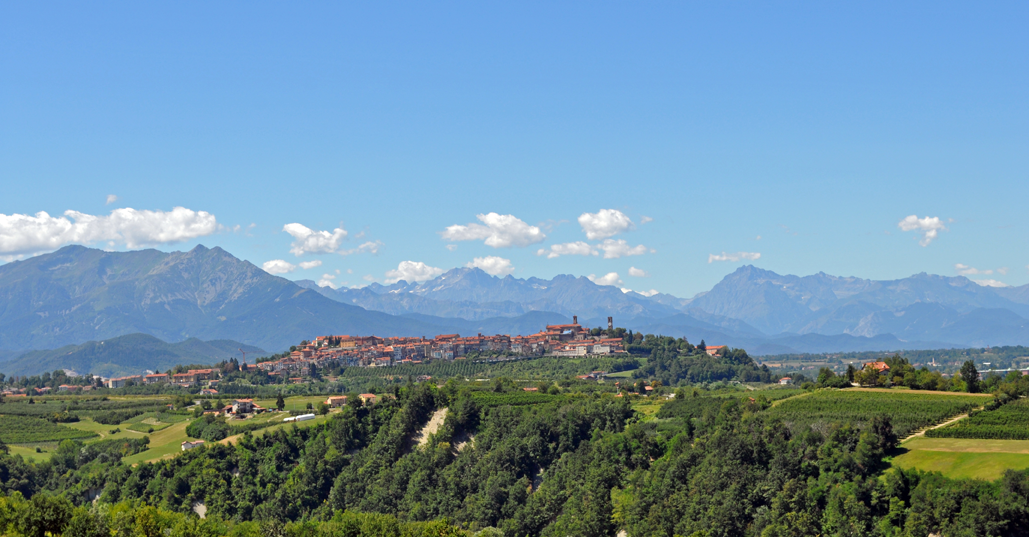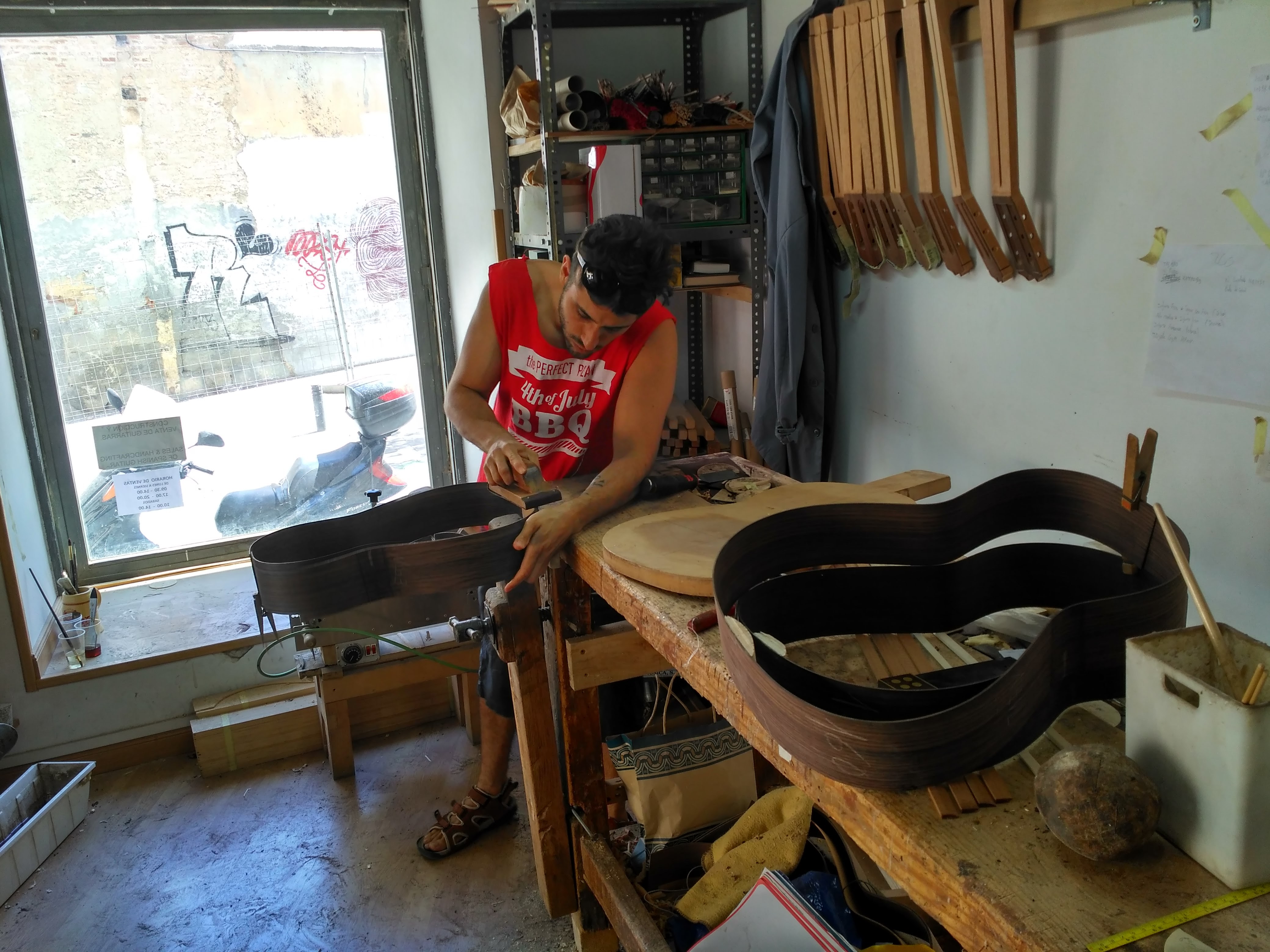|
Milanollo
Teresa Milanollo (full name Domenica Maria Teresa; 1827–1904) and her younger sister, Maria Milanollo (1832–1848), were Italian violin-playing child prodigies who toured Europe extensively to great acclaim in the 1840s. After Maria died at age 16, Teresa, who was also a composer, had a long solo artist, solo career. The name "Milanollo" has been perpetuated by the Milanollo#The Coldstream march – "Milanollo", regimental march of the Life Guards (United Kingdom), Life Guards, Coldstream Guards and Governor General's Foot Guards, written in their honour by their contemporary J.V. Hamm. The Milanollo#Milanollo Theatre, Savigliano (Civico Teatro Milanollo), Teatro Milanollo in their native Savigliano was named for the sisters. Taught violin in infancy by Ferrero, Caldera, and Morra, Teresa made her concert debut in her native Savigliano aged nine. In 1836 she moved to Paris with her family. She toured Britain, France, the Netherlands and Belgium, sometimes with her virtuoso tuto ... [...More Info...] [...Related Items...] OR: [Wikipedia] [Google] [Baidu] |
Coldstream Guards
The Coldstream Guards is the oldest continuously serving regular regiment in the British Army. As part of the Household Division, one of its principal roles is the protection of the Monarchy of the United Kingdom, monarchy; due to this, it often participates in state ceremonial occasions. The Regiment has consistently provided formations on deployments around the world and has fought in the majority of the major conflicts in which the British Army has been engaged. The Regiment has been in continuous service and has never been amalgamated. It was formed in 1650 as 'Monck's Regiment of Foot' and was then renamed the 'Lord General's Regiment of Foot Guards' after the Stuart Restoration, Restoration in 1660. With George Monck, 1st Duke of Albemarle, George Monck's death in 1670 it was again renamed the 'Coldstream Regiment of Foot Guards' after Coldstream, the location in Scotland from which it marched to help restore the monarchy in 1660. Its name was again changed to the 'Coldstre ... [...More Info...] [...Related Items...] OR: [Wikipedia] [Google] [Baidu] |
Life Guards (United Kingdom)
The Life Guards (LG) is the most senior regiment of the British Army and part of the Household Cavalry, along with The Blues and Royals. History The Life Guards grew from the four troops of Horse Guards (exclusively formed of gentlemen-troopers until the transformation of the last two remaining troops into Regiments of Life Guards in 1788) raised by Charles II around the time of his restoration, plus two troops of Horse Grenadier Guards (rank and file composed of commoners), which were raised some years later.White-Spunner, p. xii * The first troop was originally raised in Bruges in 1658 as ''His Majesty's Own Troop of Horse Guards''. They formed part of the contingent raised by the exiled King Charles II as his contribution to the army of King Philip IV of Spain who were fighting the French and their allies the English Commonwealth under the Lord Protector Oliver Cromwell in the Franco-Spanish War and the concurrent Anglo-Spanish War. * The second troop was founded ... [...More Info...] [...Related Items...] OR: [Wikipedia] [Google] [Baidu] |
Governor General's Foot Guards
The Governor General's Foot Guards (GGFG) is the senior reserve infantry regiment in the Canadian Army. Located in Ottawa at the Cartier Square Drill Hall, the regiment is a Primary Reserve infantry unit, and the members are part-time soldiers. The GGFG are infantry reserve soldiers who train part-time and full-time for domestic operations and international missions. This involves training for domestic operations where the unit deployed members to help during a natural disaster or public emergency such as it did during the 1998 Ice Storm, flooding in 2017 and 2019, and during the COVID-19 pandemic in 2020. It also involves training for international operations and support to the Regular Force on operations in countries such as Afghanistan, Sudan, Iraq, Jordan, Egypt, Latvia, and Ukraine where troops from the regiment have deployed in recent years. Members of the GGFG train part time between September and June, usually Tuesday evenings and one weekend a month. Between May and A ... [...More Info...] [...Related Items...] OR: [Wikipedia] [Google] [Baidu] |
Domenico Dragonetti
Domenico Carlo Maria Dragonetti (7 April 1763 – 16 April 1846) was an Italian double bass virtuoso and composer with a 3 string double bass. He stayed for thirty years in his hometown of Venice, Italy and worked at the opera buffa, Opera Buffa, at the St Mark's Basilica, Chapel of San Marco and at the Grand Opera in Vicenza. By that time he had become notable throughout Europe and had turned down several opportunities, including offers from the Tsar of Russia. In 1794, he finally moved to London to play in the orchestra of the Her Majesty's Theatre, King's Theatre, and settled there for the remainder of his life. In fifty years, he became a prominent figure in the musical events of the English capital, performing at the concerts of the Philharmonic Society of London as well as in more private events, where he would meet the most influential persons in the country, like the Prince Albert of Saxe-Coburg and Gotha, Prince Consort and the Duke of Leinster. He was acquainted with comp ... [...More Info...] [...Related Items...] OR: [Wikipedia] [Google] [Baidu] |
Charles Felix Of Sardinia
Charles Felix (; 6 April 1765 – 27 April 1831) was the King of Sardinia and ruler of the Savoyard states from 12 March 1821 until his death in 1831. He was the last male-line member of the House of Savoy that started with Victor Amadeus I of Savoy, Victor Amadeus I, and caused the line of Victor Amadeus I's younger brother Thomas Francis, Prince of Carignano, Thomas Francis to seize the throne after Felix's death. Early life Charles Felix was born in Turin as the eleventh child and fifth son born to Victor Amadeus III of Savoy and Maria Antonia Ferdinanda of Spain. His paternal grandparents were Charles Emmanuel III of Savoy and his German wife Polyxena Christina of Hesse-Rotenburg, Polyxena of Hesse-Rotenburg. His maternal grandparents were French-born King Philip V of Spain and his Italian wife, Elisabeth Farnese. He was a younger brother of two other rulers of Savoy Charles Emmanuel IV of Savoy, Charles Emmanuel IV and Victor Emmanuel I of Savoy, Victor Emmanuel I. He ... [...More Info...] [...Related Items...] OR: [Wikipedia] [Google] [Baidu] |
Piedmont
Piedmont ( ; ; ) is one of the 20 regions of Italy, located in the northwest Italy, Northwest of the country. It borders the Liguria region to the south, the Lombardy and Emilia-Romagna regions to the east, and the Aosta Valley region to the northwest. Piedmont also borders Switzerland to the north and France to the west. Piedmont has an area of , making it the second-largest region of Italy after Sicily. It has 4,255,702 inhabitants as of 2025. The capital of Piedmont is Turin, which was also the capital of the Kingdom of Italy from 1861 to 1865. Toponymy The French ''Piedmont'', the Italian ''Piemonte'', and other variant cognates come from the medieval Latin or , i.e. , meaning "at the foot of the mountains" (referring to the Alps), attested in documents from the end of the 12th century. Geography Piedmont is surrounded on three sides by the Alps, including Monte Viso, Monviso, where the Po River, river Po rises, and Monte Rosa. It borders France (Auvergne-Rhône ... [...More Info...] [...Related Items...] OR: [Wikipedia] [Google] [Baidu] |
Mondovì
Mondovì (; , ) is a town and ''comune'' (township) in Piedmont, northern Italy, about from Turin. The area around it is known as the Monregalese. The town, located on the Monte Regale hill, is divided into several '' rioni'' (ancient quarters): Piazza (the most ancient), Breo, Pian della Valle, Carassone, Altipiano, Borgato and Rinchiuso, lower, next to the Ellero stream, developed from the 18th century when industries developed in Mondovì and when it was reached by the railway. The Funicolare di Mondovì, a funicular railway reopened in 2006, links Breo with Piazza. It is the seat of the Roman Catholic Diocese of Mondovì. History Founded on a hilltop in 1198 by survivors of the destroyed village of Bredolo and by inhabitants of the neighboring villages of Vico (now Vicoforte), Vasco (now Monastero di Vasco) and Carassone (which was abandoned after the founding of the new city): an independent comune named ''Ël Mont ëd Vi'', meaning "The Mount of Vico" in Piedm ... [...More Info...] [...Related Items...] OR: [Wikipedia] [Google] [Baidu] |
Robin Legge
Robin Humphrey Legge (28 June 1862 – 6 April 1933) was an English music writer, the chief music critic of ''The Daily Telegraph'' between 1906 and 1931, often writing under the pen name Musicus.Obituary, ''The Musical Times'' Vol. 74, No. 1083 (May, 1933), p. 466 Education Born in , Shropshire, Legge read law at and then went abroad to study music and languages in Leipzig, Frankfurt, Florence and Munich. While in Europe he encountered many prominent composers and musicians including |
Luthier
A luthier ( ; ) is a craftsperson who builds or repairs string instruments. Etymology The word ' is originally French and comes from ''luth'', the French word for "lute". The term was originally used for makers of lutes, but it came to be used in French for makers of most bowed and plucked stringed instruments such as members of the violin family (including violas, cellos, and double basses) and guitars. Luthiers, however, do not make harps or pianos; these require different skills and construction methods because their strings are secured to a frame. Craft The craft of luthiers, lutherie (rarely called "luthiery", but this often refers to stringed instruments other than those in the violin family), is commonly divided into the two main categories of makers of stringed instruments that are plucked or strummed and makers of stringed instruments that are bowed. Since bowed instruments require a bow, the second category includes a subtype known as a bow maker or archetier ... [...More Info...] [...Related Items...] OR: [Wikipedia] [Google] [Baidu] |
The Lady’s Realm
''The'' is a grammatical article in English, denoting nouns that are already or about to be mentioned, under discussion, implied or otherwise presumed familiar to listeners, readers, or speakers. It is the definite article in English. ''The'' is the most frequently used word in the English language; studies and analyses of texts have found it to account for seven percent of all printed English-language words. It is derived from gendered articles in Old English which combined in Middle English and now has a single form used with nouns of any gender. The word can be used with both singular and plural nouns, and with a noun that starts with any letter. This is different from many other languages, which have different forms of the definite article for different genders or numbers. Pronunciation In most dialects, "the" is pronounced as (with the voiced dental fricative followed by a schwa) when followed by a consonant sound, and as (homophone of the archaic pronoun ''thee'' ... [...More Info...] [...Related Items...] OR: [Wikipedia] [Google] [Baidu] |








